After nearly 2/3 of the day from Thanh Hoa City, on a 16-seat bus, we arrived at Dien Bien Phu City. It was a modern car with a professional driver, regularly maintaining a speed of 70 - 80km/h, and traveling on national highways that had been leveled and paved, with flat asphalt all along the route. However, more than 70 years ago, the same route was narrow, mostly through deep forests, over steep mountains in the Northwest with jagged, slippery slopes. Yet, nearly 179,000 Thanh Hoa laborers still worked day and night, avoiding bombs and bullets from enemy planes, clearing roads, carrying rice, food, weapons and ammunition on trips that lasted for months to supply the Dien Bien Phu battlefield.
 Mr. Le Huu Thao, originally from Thieu Giao commune (Thieu Hoa) and currently living in Dien Bien Phu city, told the story of joining the bicycle packers to the reporter.
Mr. Le Huu Thao, originally from Thieu Giao commune (Thieu Hoa) and currently living in Dien Bien Phu city, told the story of joining the bicycle packers to the reporter.
From 2011 to 2012, we searched for witnesses in Hoang Hoa, Tho Xuan, Vinh Loc districts... who had been civilian laborers on the front lines, participated in bicycle-packing convoys and carried rice to Dien Bien Phu. The stories told by the insiders, along with many historical sources, could determine the route of hundreds of thousands of Thanh people from their home province to carry ammunition and food to the campaign, contributing to the victory that "resounded throughout the five continents and shook the world".
Accordingly, from 1953 to early 1954, Thanh Hoa laborers and youth volunteers became an important force in logistics for the campaigns in the Northwest region, especially the Dien Bien Phu campaign. Food was transferred from the North Central provinces, from the Red River Delta and especially from Thanh Hoa, and was mainly concentrated in two places: Luoc warehouse (Tho Xuan) and Cam Thuy warehouse - both close to the Chu and Ma rivers for convenient transportation to and from both waterways and roads. From here, food continued to be transported in many directions with many different routes. The first route was from Tho Xuan to Lang Chanh and then to Hoi Xuan (Quan Hoa). The second route was from Tho Xuan through Cam Thuy, up to Canh Nang (Ba Thuoc), through Na Sai and then back to Hoi Xuan.
Following National Highway 15A today, goods from Hoi Xuan continued to be transported to Phu Le (Quan Hoa), through Co Luong (Mai Chau - Hoa Binh) and then to Highway 41 - which is National Highway 6 today, to the Tong Dau - Suoi Rut intersection, also in Mai Chau district. Following this route, goods continued to be transported through the Co Noi intersection (Son La) and then through Pha Din pass, to Tuan Giao district of Dien Bien province. When about 40km from the Dien Bien Phu battlefield, most of the supplies were brought to a large warehouse in the Na Tau forest in Dien Bien province to supply the campaign.
 Historical site with memorial stele on the top of Pha Din Pass today.
Historical site with memorial stele on the top of Pha Din Pass today.
According to some documents and witnesses, when the route from the West of Thanh Hoa through Hoa Binh, then along Highway 6 to Son La, to Dien Bien was discovered by the enemy and bombed fiercely in an attempt to block our reinforcements, another route was also opened. That was from Phu Le, the frontline laborers took the trail to the highlands of Muong Lat, through Ten Tan, then to Upper Laos, and finally back to Dien Bien.
In Sai village, Phu Le commune, Quan Hoa district today, Co Phuong cave is a tragic evidence of the supply force carrying ammunition for the Upper Laos and Dien Bien Phu campaigns later. This place was the resting and gathering point for the transfer of food and weapons from Thanh Hoa to Hoa Binh. On the fateful afternoon of April 2, 1953, French planes circled and bombed in an attempt to block our supply route, causing 11 frontline laborers from Thieu Nguyen commune (Thieu Hoa) to die due to the cave's collapse. Today, National Highway 15A through Sai village has been rerouted to avoid the cave's entrance and is the old road for about 1/2km, but the evidence of the loss and sacrifice and the spirit of overcoming hardships of many generations of laborers and youth volunteers of that day will forever remain for posterity.
Phu Le is also the last commune of Thanh Hoa land, to the neighboring province of Hoa Binh is Van Mai commune with the famous Co Luong intersection where the supply route of the old forces passed through. In Mai Chau district, Co Noi intersection is the intersection between National Highway 15A and National Highway 6 to the Northwest region, so it was also frequently bombed. The long road through Son La and Dien Bien provinces recorded many losses and sacrifices, as well as affirmed the spirit of overcoming hardships and dangers of the rear forces serving the Dien Bien Phu campaign.
On that route, Co Noi intersection became a "death door", a "bomb bag" because French planes were flying day and night, more than 100 laborers and youth volunteers whose mission was to transport food, weapons, and medicine fell here for the cause of national liberation. This was an important intersection of supply routes from Viet Bac, Lien khu III and Lien khu IV to join Highway 6 to Dien Bien Phu. Many historical documents recorded that in early 1954, there were days when enemy planes bombed here dozens of times, sometimes for 2-3 consecutive weeks to turn this place into a swamp, completely destroying the transportation system to prevent supply forces for the campaign. At this intersection today, a stone monument to youth volunteers has been erected, becoming a red address to educate the spirit for future generations.
In the process of collecting information and finding witnesses, we were introduced by the Thanh Hoa Association in Dien Bien to meet the former youth volunteer who participated in the bicycle transport team to transport food for the Dien Bien Phu campaign in the past, Le Huu Thao. Although he has turned 93, the native of Thieu Giao commune (Thieu Hoa) cannot forget the years of dedicating his youth to the resistance: “Since the end of 1953, I joined the bicycle pack team, transporting food and ammunition from Tho Xuan. With rubber sandals and the provided bike, I carried from 80 to 120kg each trip, many teammates carried more than 200kg. In the pack teams, the people from Thanh Hoa were always the most numerous, followed by the people from Nghe Tinh. The section from Thanh Hoa to Hoa Binh was still easy to travel, but after that it was mainly forest roads, crossing many rivers and streams, then high passes, which was extremely difficult. Many areas had enemy posts so we could not take the main road and were guided through the forest. Many days when enemy planes were bombing us, we had to take shelter, there was no food to eat, and we were only given 2 black sugar bars the size of 2-3 fingers to hold on.”
 A section of Pha Din Pass today, although the mountains have been leveled to widen it, is still a challenge with many curves and slopes.
A section of Pha Din Pass today, although the mountains have been leveled to widen it, is still a challenge with many curves and slopes.
According to Mr. Thao, the most familiar places after passing through Thanh Hoa are Cho Bo, Suoi Rut, and Tong Dau intersection in Hoa Binh province. Going to Son La province, he cannot forget Co Noi intersection - where many of his comrades sacrificed. The most difficult is Pha Din pass located between Son La and Dien Bien provinces with continuous steep slopes, sharp turns, and jagged rocks stretching for dozens of kilometers, so many people had to join hands to get the car across.
The verses of the late poet To Huu still resonate to posterity, as the most authentic account: "Pha Din slope, she carried the load, he carried it/ Lung Lo pass, he sang and sang/ Even though bombs and bullets shattered bones and flesh/ His heart was not shaken, his youth was not regretted...". On the top of Pha Din pass relic today, a red stele was erected, many groups of tourists passing by stopped to visit. On the stele along this slope, information about a fiery and fierce time more than 70 years ago was also recorded. "Pha Din Pass is 32km long, the highest point is 1,648m above sea level. This is the place that suffered many bombings by French colonialists to block our supply routes of weapons, ammunition, food and provisions for the Dien Bien Phu campaign. Under the enemy's bombs and bullets, with determination and bravery, soldiers, laborers and youth volunteers still held their ground, both breaking rocks to open roads and removing bombs and mines, maintaining the traffic flow, ensuring timely support for the campaign until the day of total victory."
At the Dien Bien Phu Historical Victory Museum today, the management board has arranged a space to display artifacts and information related to the work of transporting food and ammunition from the rear to Dien Bien Phu. The bicycle groups carrying food from Thanh Hoa, the horse groups carrying food from Lai Chau, the groups of people carrying rice day and night... are all recreated with vivid images and models. The distance of transporting food and ammunition from Thanh Hoa to the battlefield alone was more than 500km, at that time the roads were basically extremely difficult, with high passes and deep streams. The story of laborer Trinh Dinh Bam from Dinh Lien commune, Yen Dinh district, Thanh Hoa province, dismantling the ancestral altar to make a wheelbarrow to transport food, told by the tour guide, made many visitors tear up.
Article and photos: Le Dong
Source


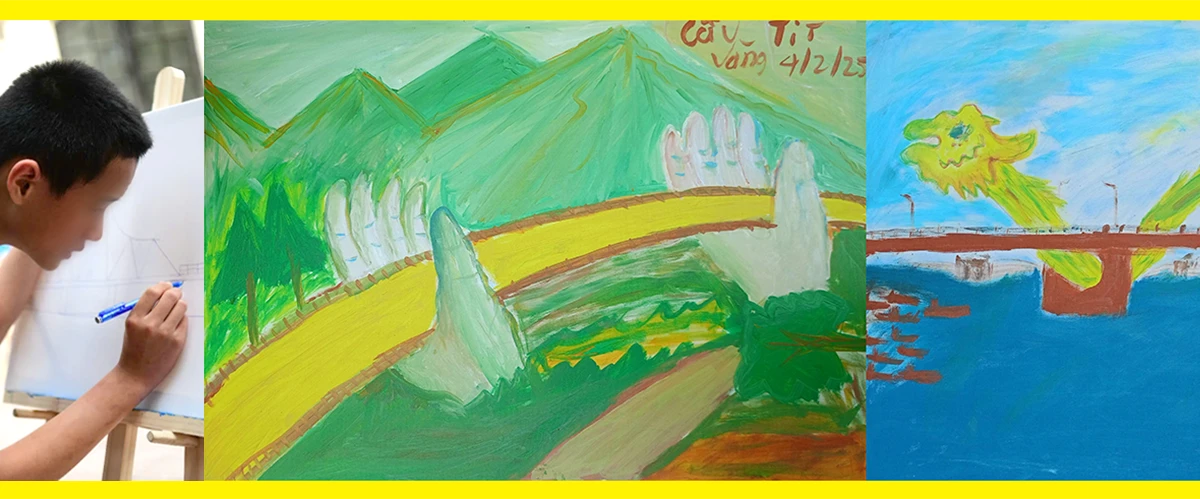
![[Photo] General Secretary To Lam receives King Philippe of Belgium](https://vstatic.vietnam.vn/vietnam/resource/IMAGE/2025/4/1/e5963137a0c9428dabb93bdb34b86d7c)
![[Photo] Close-up of Vietnam's sniffer dog team searching for earthquake victims in Myanmar](https://vstatic.vietnam.vn/vietnam/resource/IMAGE/2025/4/1/d4949a0510ba40af93a15359b5450df2)

![[Photo] Prime Minister Pham Minh Chinh meets with King Philippe of Belgium](https://vstatic.vietnam.vn/vietnam/resource/IMAGE/2025/4/1/be2f9ad3b17843b9b8f8dee6f2d227e7)
![[Photo] President Luong Cuong and King Philippe of Belgium visit Thang Long Imperial Citadel](https://vstatic.vietnam.vn/vietnam/resource/IMAGE/2025/4/1/cb080a6652f84a1291edc3d2ee50f631)
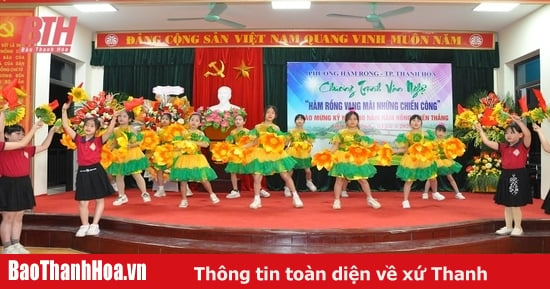

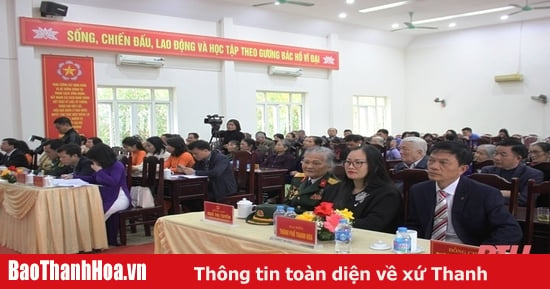
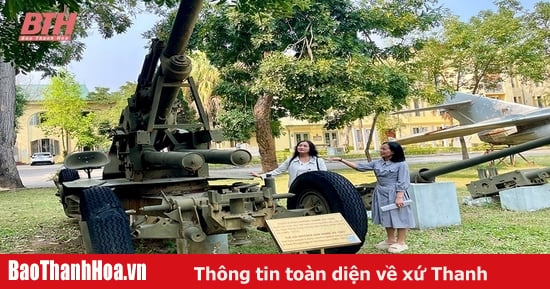
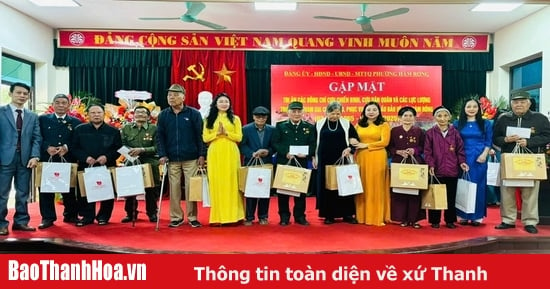





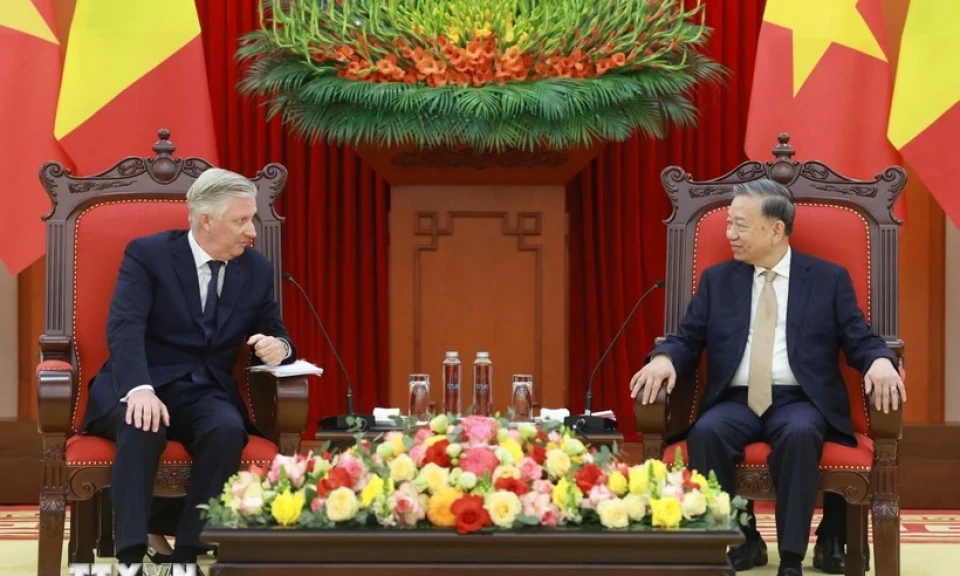
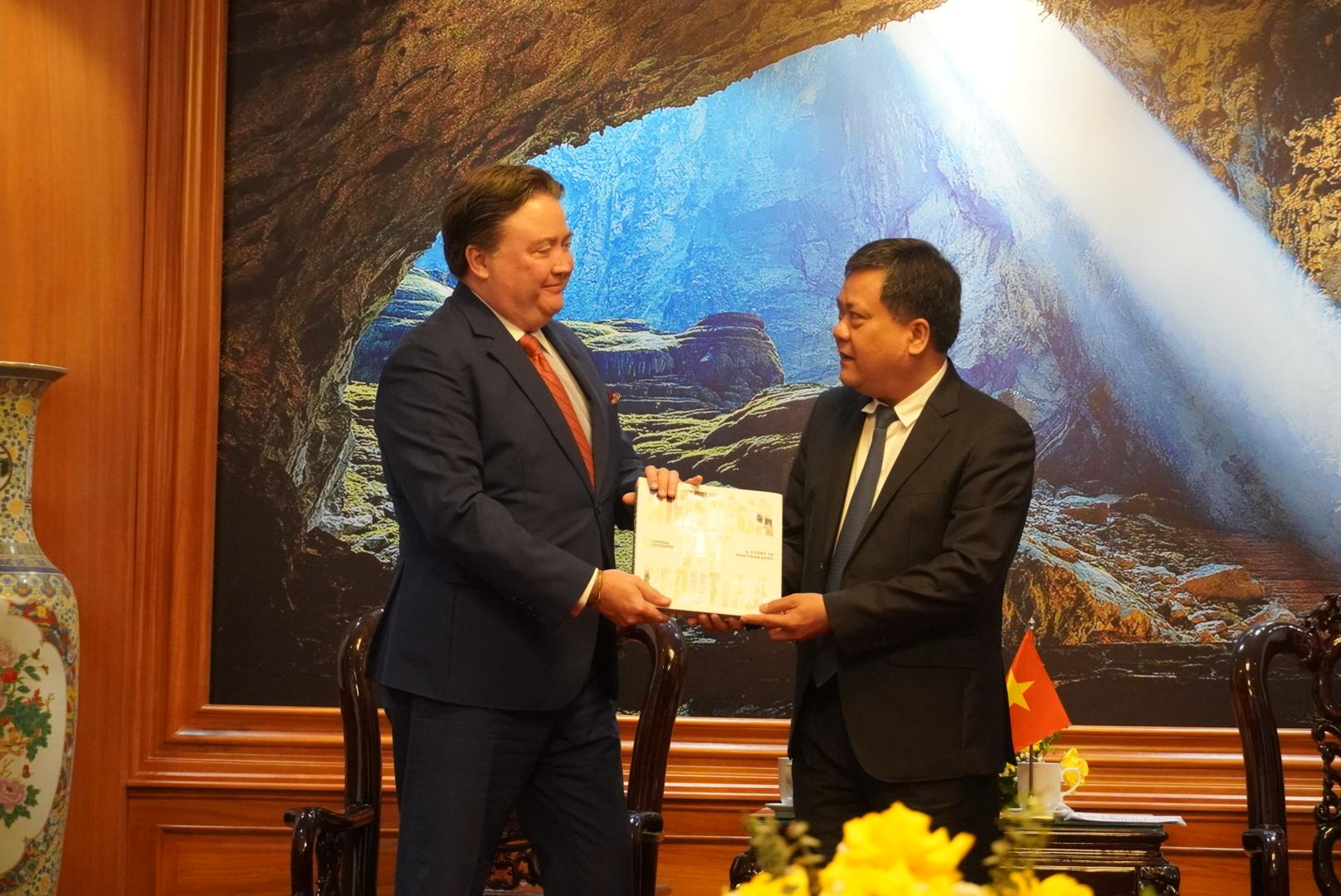





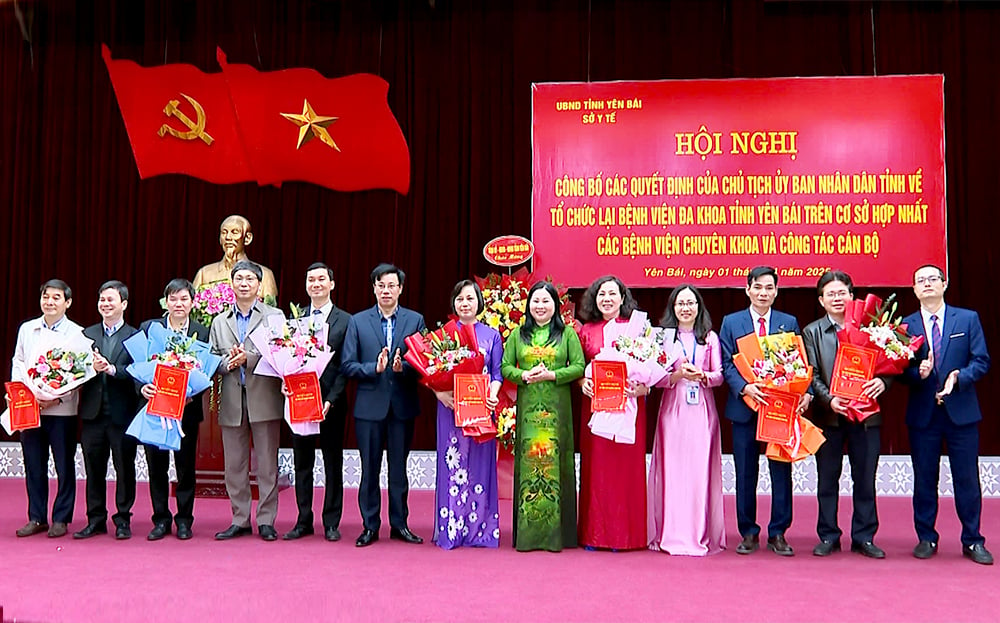
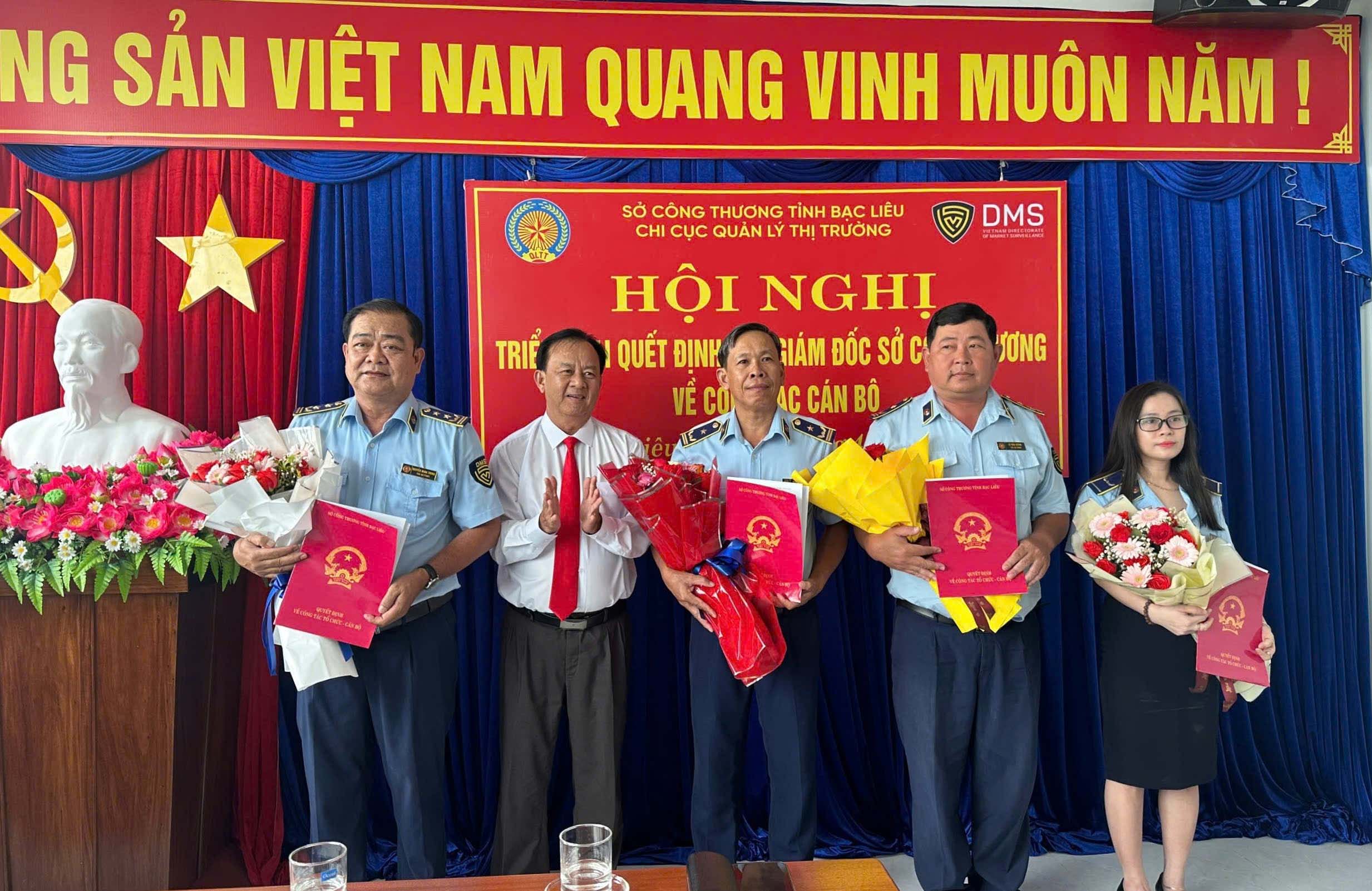
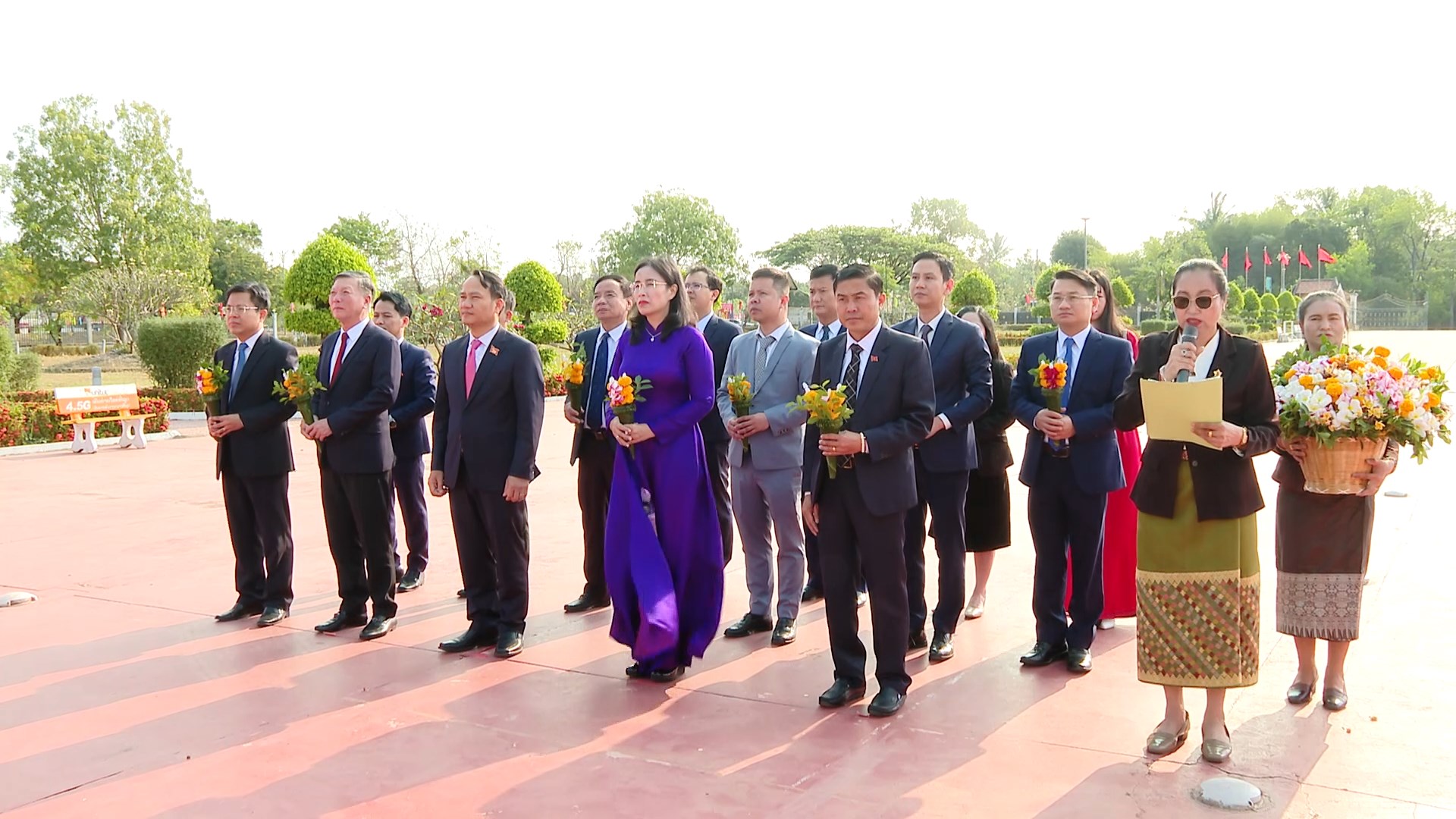
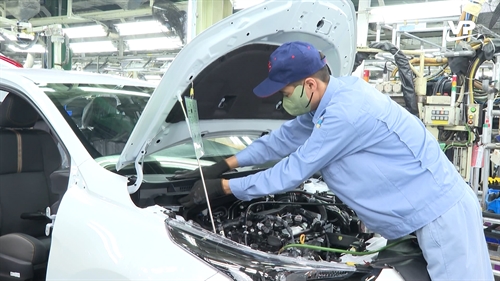
![[Photo] Myanmar's capital in disarray after the great earthquake](https://vstatic.vietnam.vn/vietnam/resource/IMAGE/2025/4/1/7719e43b61ba40f3ac17f5c3c1f03720)

















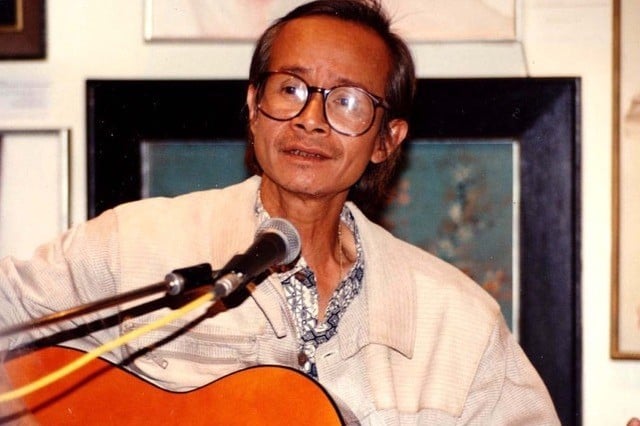













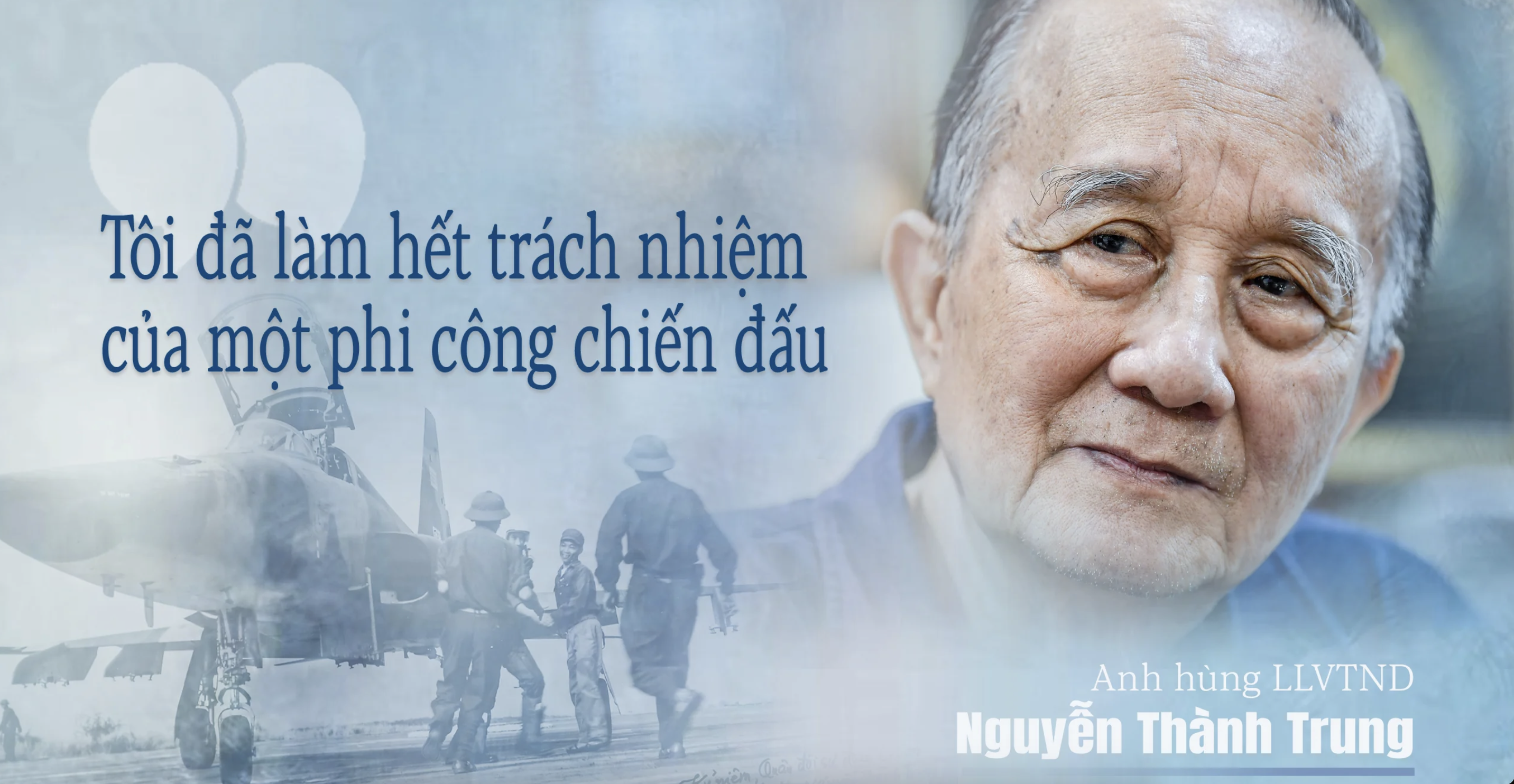
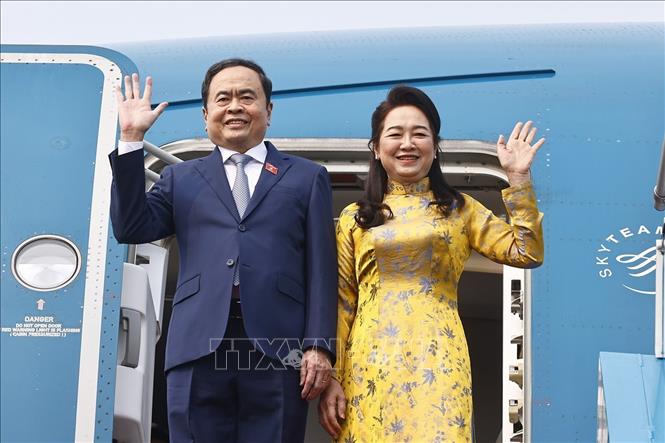





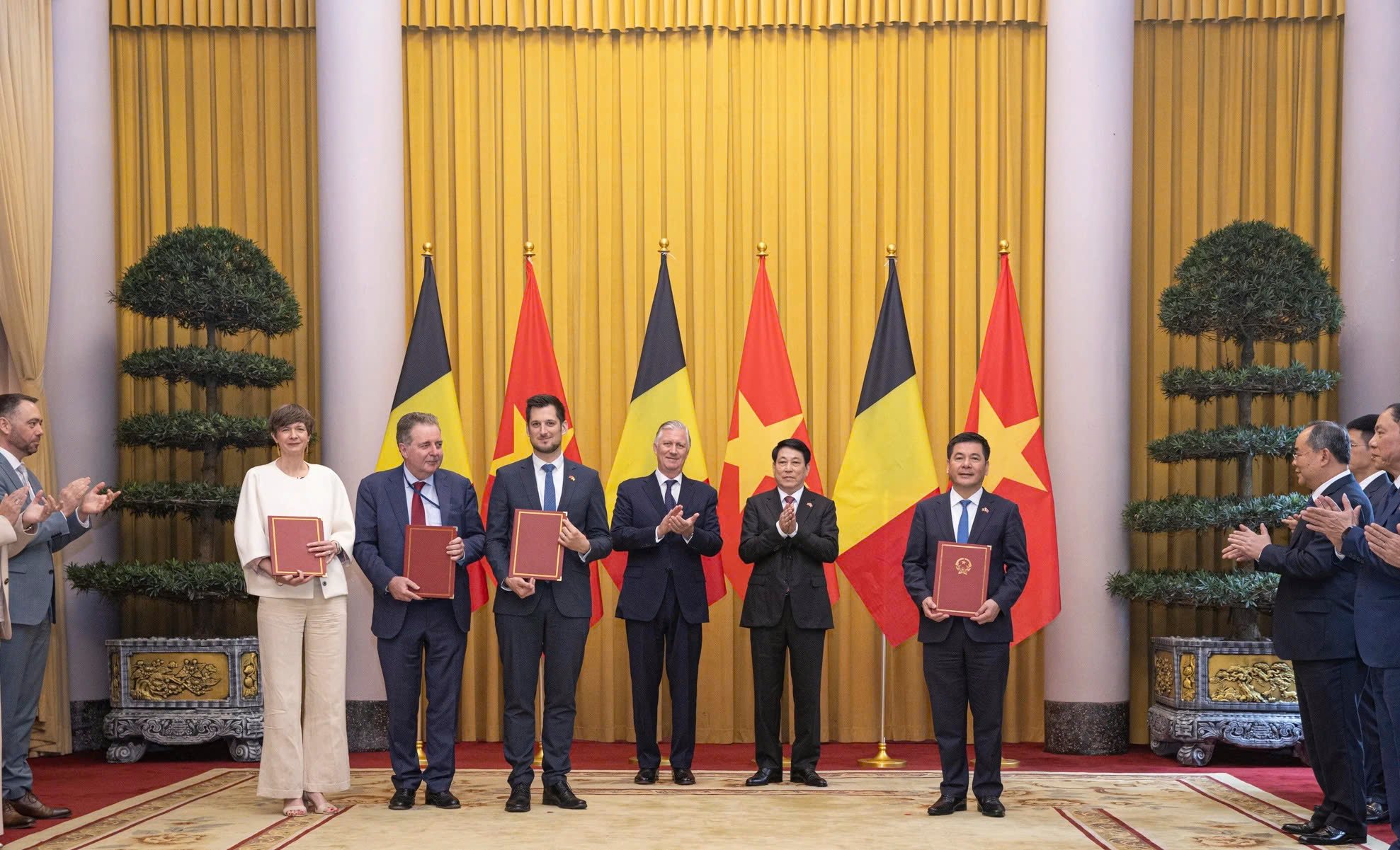

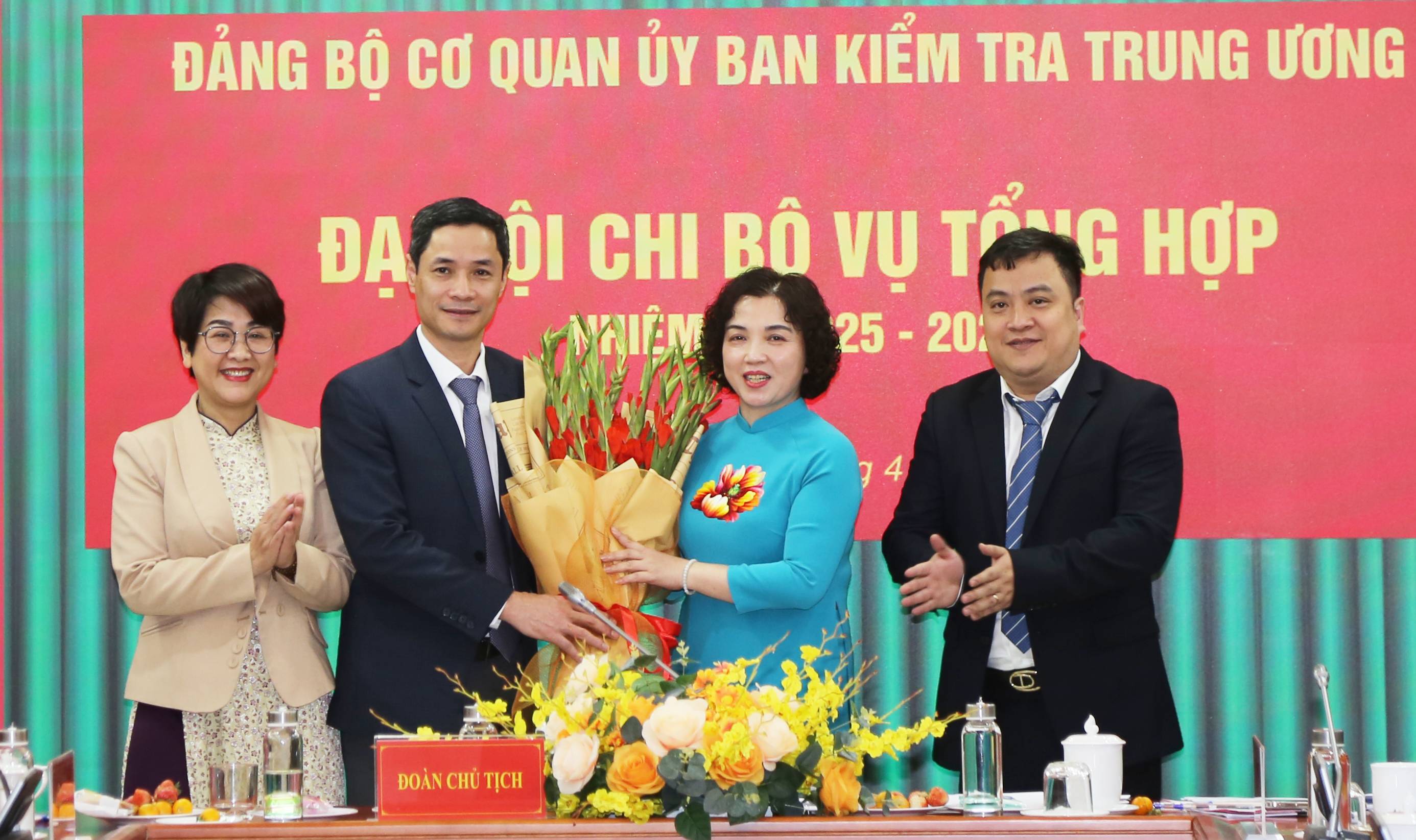


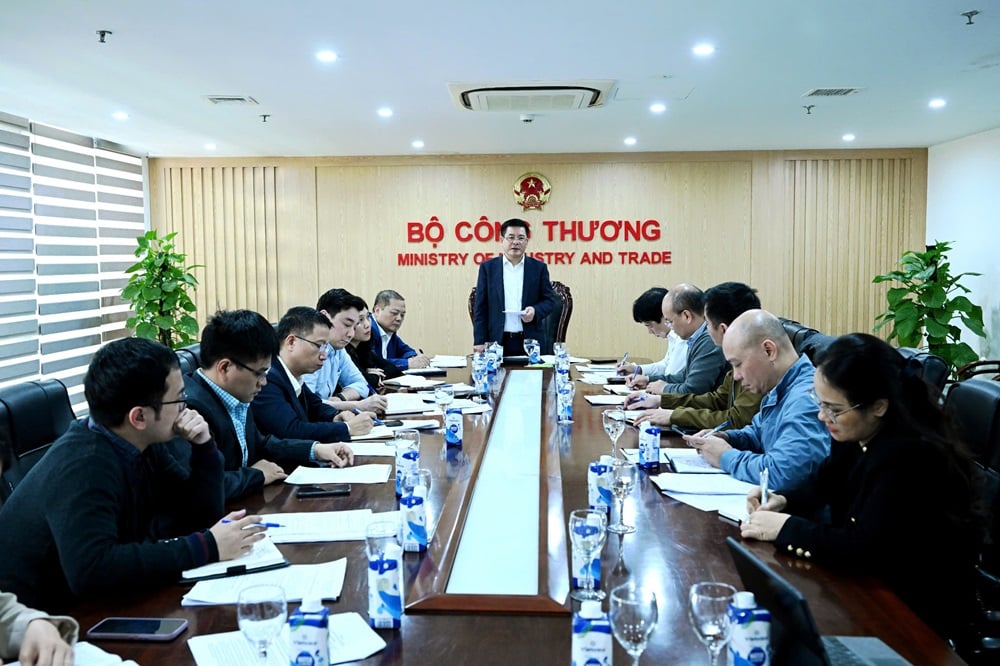



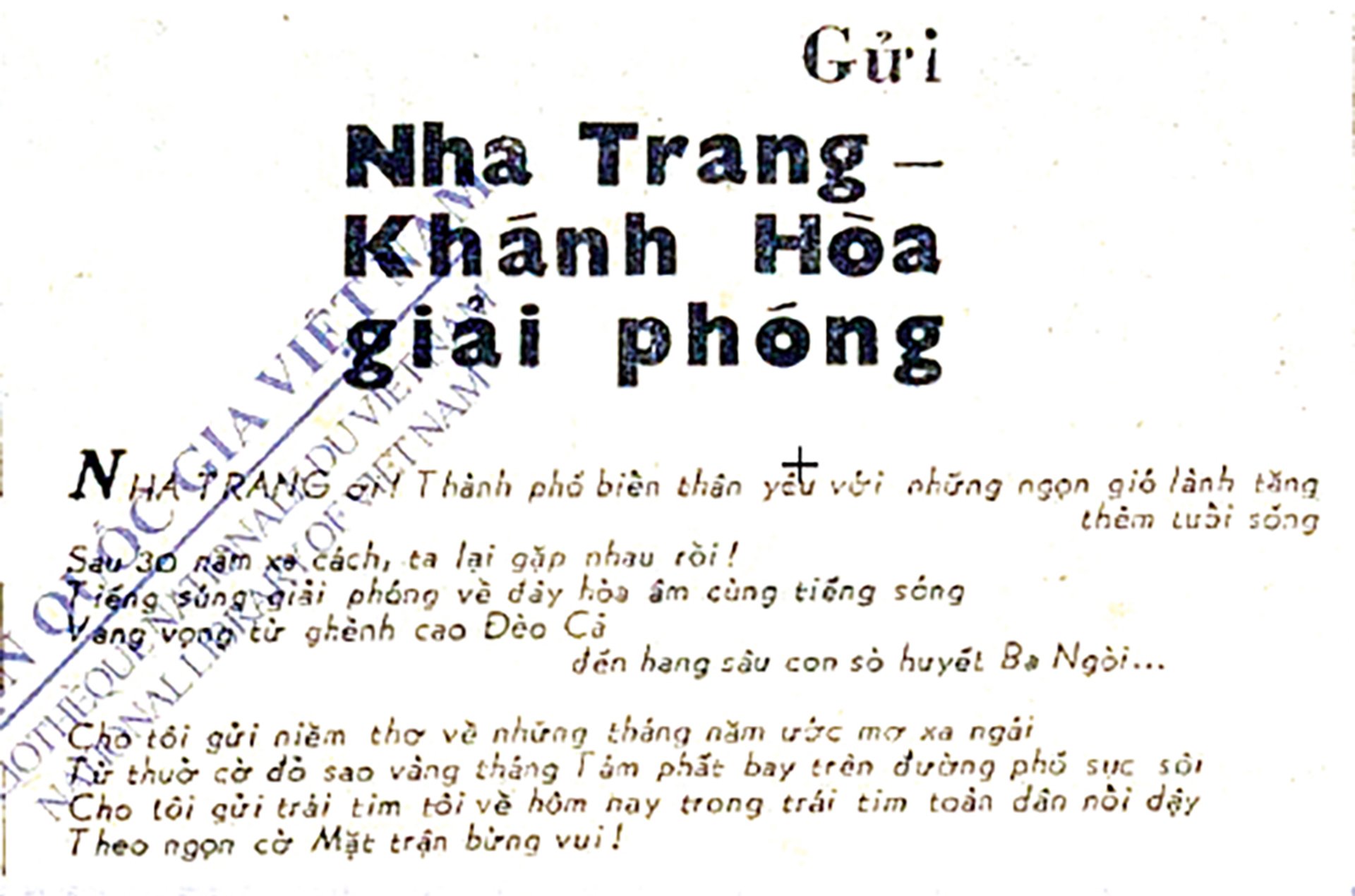






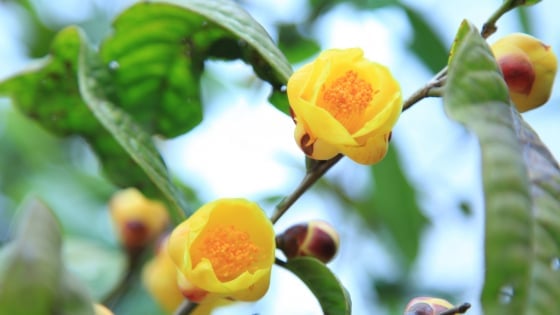

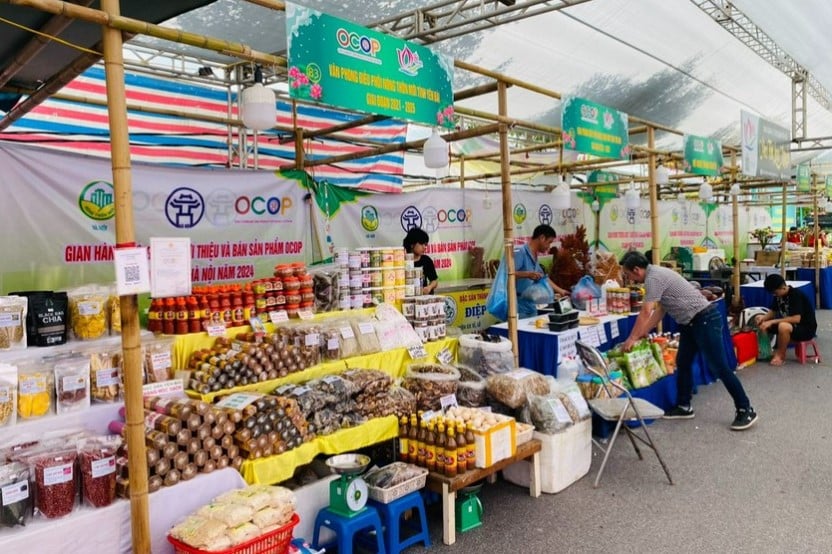
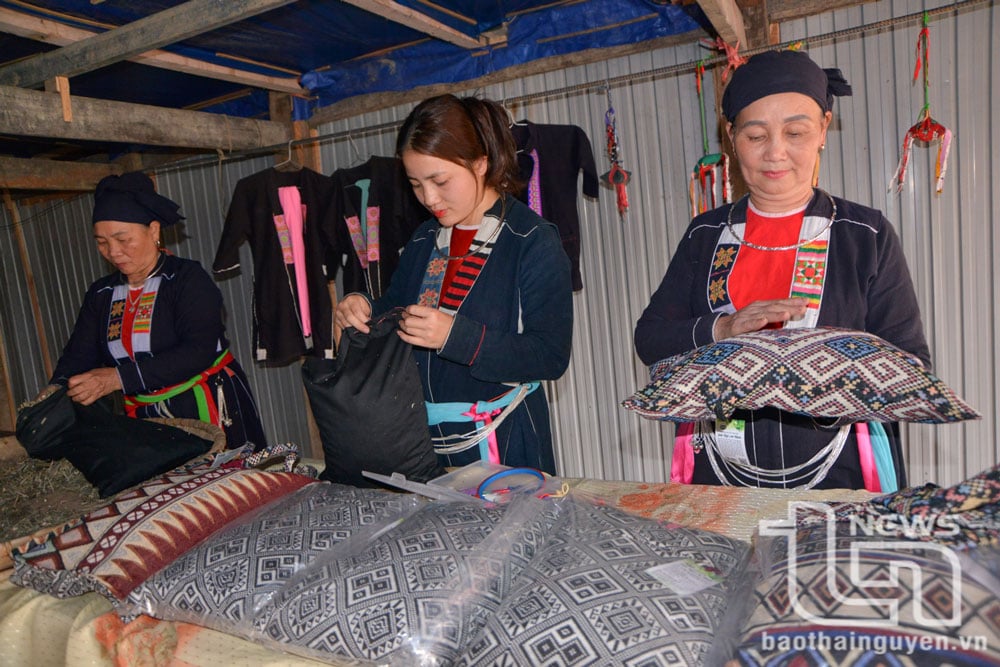



Comment (0)